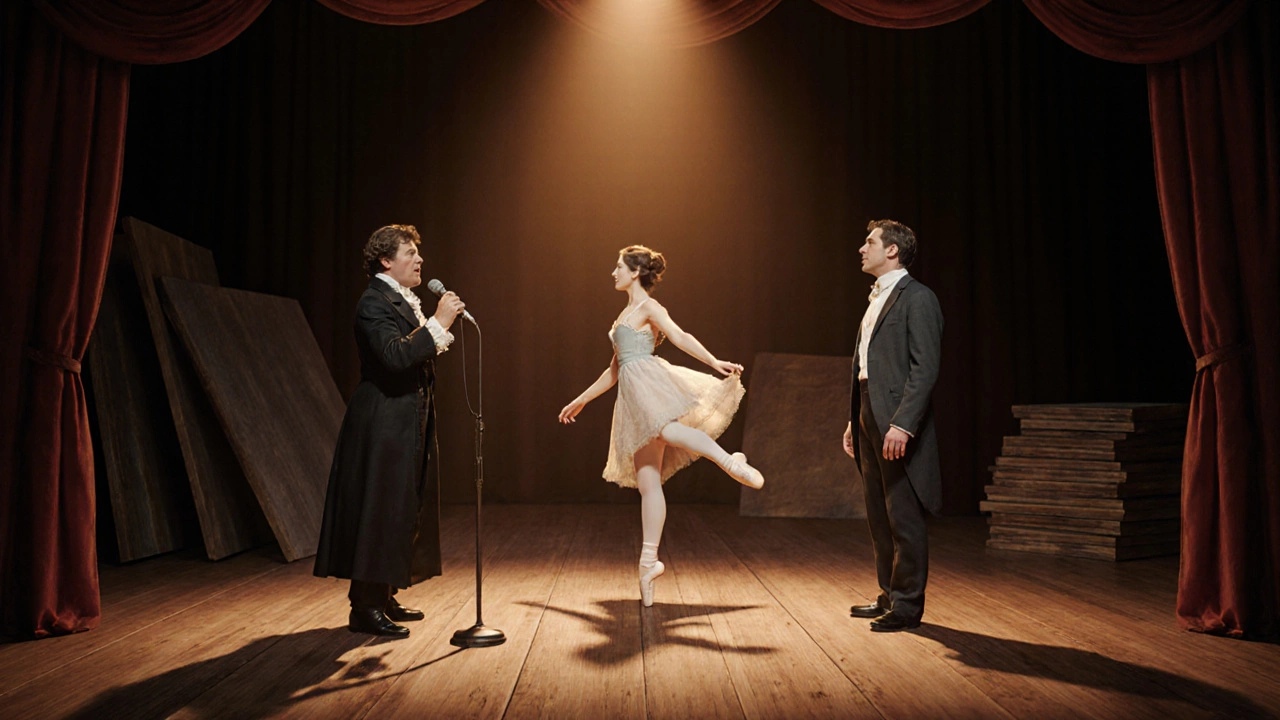Oldest Musical: Exploring the Roots of Musical Storytelling
When diving into Oldest Musical, the earliest known work that blends music, drama, and dance to tell a story. Also known as ancient musical drama, it set the template for everything that follows in stage music.
One of the first forms that fed into this idea was Ancient Greek Drama, a ritual performance where chorus, song, and choreography carried myths and civic messages. The Greeks used a lyre and aulos to back the verses, and the chorus acted like a living soundtrack. This link shows that Oldest Musical encompasses ancient Greek drama and that the two rely on the same core elements: narrative, melody, and movement.
Fast forward to the 16th century and you meet Opera, a fully sung dramatic work that grew out of court spectacles and religious celebrations. Opera required sophisticated vocal technique and orchestration, pushing the musical side beyond the chant‑only origins of Greek drama. Because opera demands both vocal prowess and theatrical staging, it directly influenced the way the oldest musical evolved into a multi‑disciplinary art form.
By the 1800s, a new hybrid emerged: Musical Theater, a blend of spoken dialogue, song, and dance designed for popular audiences. Unlike opera’s continuous singing, musical theater lets characters speak, then burst into song at key moments. This format made the oldest musical more accessible and set the stage for modern productions that balance story, melody, and spectacle.
The heart of modern musical storytelling beats strongest on Broadway, the commercial hub in New York where musical theater reached global fame. Broadway shows inherit the ancient tradition of using music to move an audience, but they add dazzling sets, choreography, and high‑tech lighting. The evolution from ancient Greek drama through opera to Broadway illustrates a clear semantic chain: Oldest Musical → Musical Theater → Broadway.
Behind every stage work lies musical composition and careful instrumentation. Early composers wrote for simple lyres; later creators used full orchestras with strings, brass, and keyboards. The choice of instruments shapes mood, underscores drama, and guides the audience’s emotions. Understanding how composition and instrumentation changed over time helps you see why the oldest musical still matters today.
These forms also carry deep cultural heritage. From myths retold in Greek choruses to contemporary stories about everyday life, music on stage reflects the values, struggles, and hopes of its era. Storytelling through song creates a shared memory that binds communities across centuries. That connection is why the oldest musical remains a reference point for any artist exploring narrative through sound.
Below you’ll find a curated mix of articles that touch on these themes and more. Whether you’re curious about painting techniques, sculpture pricing, or the future of digital art, each piece ties back to the core idea that art—whether visual or musical—thrives on storytelling, technique, and cultural context. Dive in to see how the legacy of the oldest musical echoes through today’s creative landscape.
